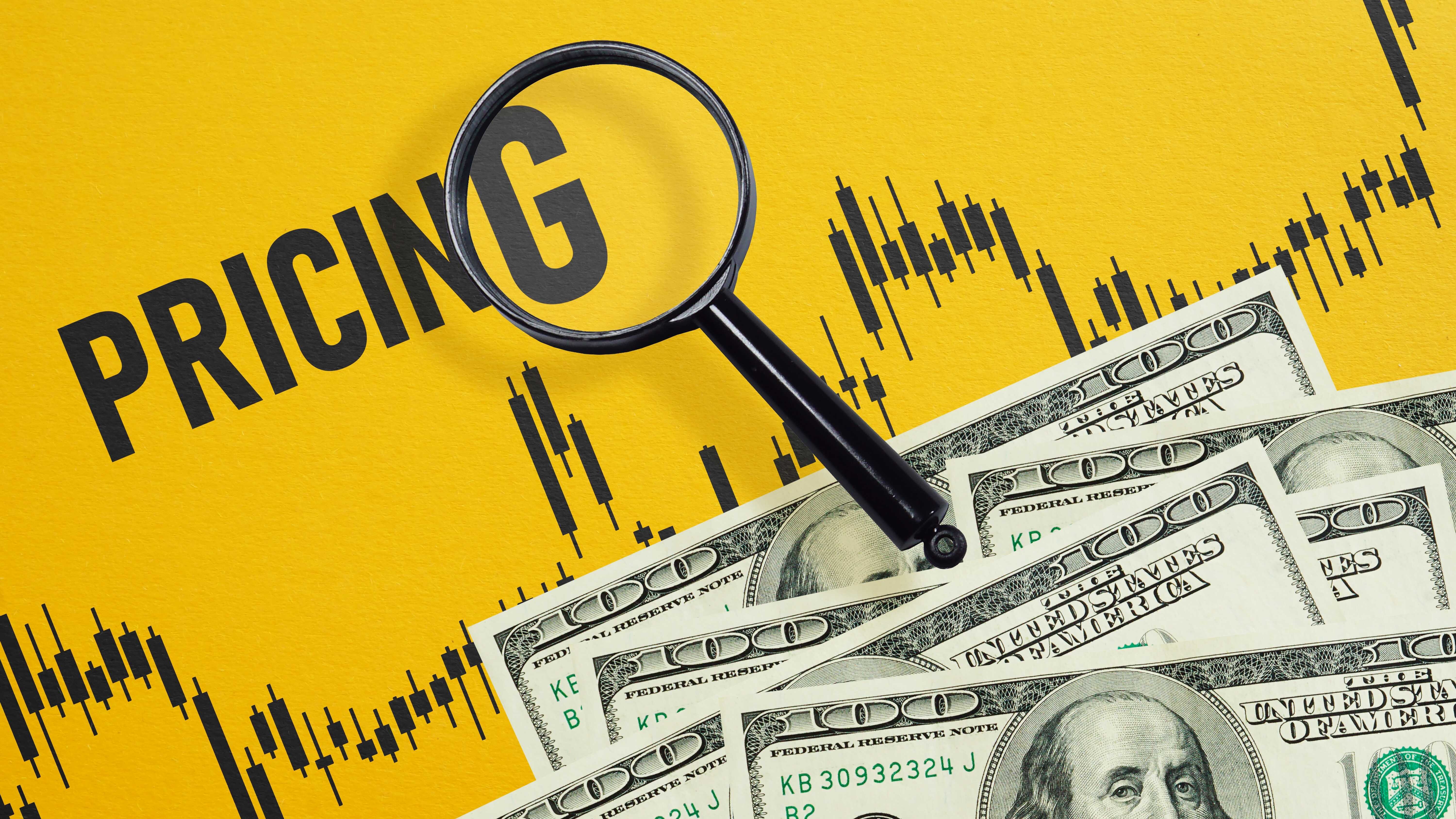Jpmorgan Chase: Buy, Sell, Or Hold?

JPMorgan Chase (NYSE: JPM) has been a big winner for investors in the past six months, rising 31% during that time (as of May 28). This gain handily beats the 17% rise of the S&P 500. Investors have become optimistic about the company's prospects, positive sentiment that's perhaps spurred by the resilient state of the economy.
Investors might be taking a closer looking at this massive financial services institution. Should you buy, sell, or hold this leading bank stock?
A closer look at this banking entity
With $4.1 trillion in assets (as of March 31), JPMorgan Chase is the largest bank in the U.S. That puts it well ahead of its money-center rivals Bank of America, Wells Fargo, and Citigroup.
An industry-leading firm like JPMorgan with this unmatched scale means the business possesses a wide economic moat. Compared to smaller banks, this company has a cost advantage in terms of drawing in cheap deposits, as well as by leveraging its huge expenses across a larger revenue base, a trend that results in strong and consistent profitability.
And as is usually the case with a bank, its client base deals with switching costs. JPMorgan offers so many financial services that it's not too difficult to bring in new customers looking for something specific. As these customers start to sign up for other products over time to round out their needs, they increasingly become locked in and unlikely to switch to a competitor.
JPMorgan also has a key asset in terms of leadership. CEO Jamie Dimon is considered by many to be one of the top executives in the world. He has been at the helm of the business since 2006, managing through the Great Recession and more recently, the COVID-19 pandemic. JPMorgan's revenue and earnings have steadily grown under Dimon in a relatively conservative manner, leading to happy shareholders.
The biggest critique of a bank is that its performance can be cyclical, with changes in macro conditions, like interest rates and unemployment, having a profound impact. But to its credit, JPMorgan Chase has been able to successfully navigate periods of economic stress before, the latest being last year's regional banking crisis. This probably gives investors confidence the company should be able to handle whatever comes its way.
A track record of outperformance
In the past five- and 10-year periods, JPMorgan has produced a higher total return than the S&P 500. That's an impressive track record that its shareholders can be pleased with.
But thanks to this outperformance, the stock looks overvalued right now. To analyze a bank's valuation, the price-to-book (P/B) ratio is worth considering. Banks must report their assets and liabilities at market values, so the book value is a somewhat accurate representation of the value of the business.
As of this writing, shares trade at a P/B multiple of 1.9. That's significantly above a P/B ratio of 1, which is viewed as being fairly valued, and it's also much higher than the stock's trailing-10-year average of 1.4. In fact, shares have rarely been this expensive in the past nearly two decades. The optimism surrounding the company appears to be elevated.
Because of this, I don't believe JPMorgan stock is a smart buying opportunity right now. Dimon's latest comments indicate that he agrees, as he wants to limit share buybacks.
However, I can understand why shareholders would be inclined to hold on to their positions, particularly as they've become familiar with the business over time and are probably still bullish as we look ahead.
That being said, the only reason one should sell the stock is if they have a much more lucrative buying opportunity elsewhere that they can allocate that capital to.
Should you invest $1,000 in JPMorgan Chase right now?
Before you buy stock in JPMorgan Chase, consider this:
The Motley Fool Stock Advisor analyst team just identified what they believe are the 10 best stocks for investors to buy now… and JPMorgan Chase wasn’t one of them. The 10 stocks that made the cut could produce monster returns in the coming years.
Consider when Nvidia made this list on April 15, 2005... if you invested $1,000 at the time of our recommendation, you’d have $677,040!*
Stock Advisor provides investors with an easy-to-follow blueprint for success, including guidance on building a portfolio, regular updates from analysts, and two new stock picks each month. The Stock Advisor service has more than quadrupled the return of S&P 500 since 2002*.
*Stock Advisor returns as of May 28, 2024
Citigroup is an advertising partner of The Ascent, a Motley Fool company. JPMorgan Chase is an advertising partner of The Ascent, a Motley Fool company. Bank of America is an advertising partner of The Ascent, a Motley Fool company. Wells Fargo is an advertising partner of The Ascent, a Motley Fool company. Neil Patel and his clients have no position in any of the stocks mentioned. The Motley Fool has positions in and recommends Bank of America and JPMorgan Chase. The Motley Fool has a disclosure policy.
Popular Products
-
 Electronic String Tension Calibrator ...
Electronic String Tension Calibrator ...$30.99$20.78 -
 Pickleball Paddle Case Hard Shell Rac...
Pickleball Paddle Case Hard Shell Rac...$20.99$13.78 -
 Beach Tennis Racket Head Tape Protect...
Beach Tennis Racket Head Tape Protect...$43.99$29.78 -
 Glow-in-the-Dark Outdoor Pickleball B...
Glow-in-the-Dark Outdoor Pickleball B...$50.99$34.78 -
 Door Pickleball Trainer Rebounder
Door Pickleball Trainer Rebounder$104.99$72.78